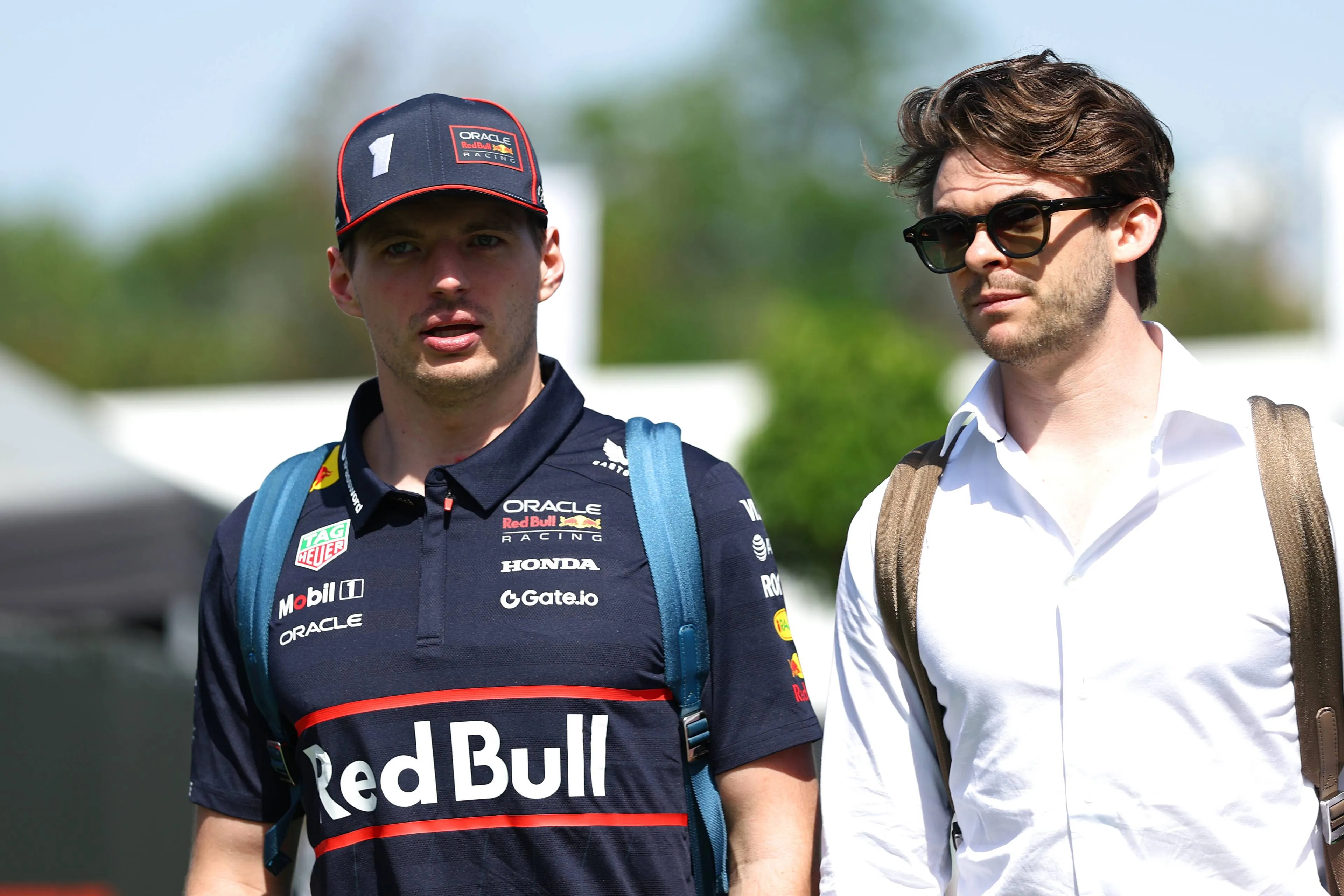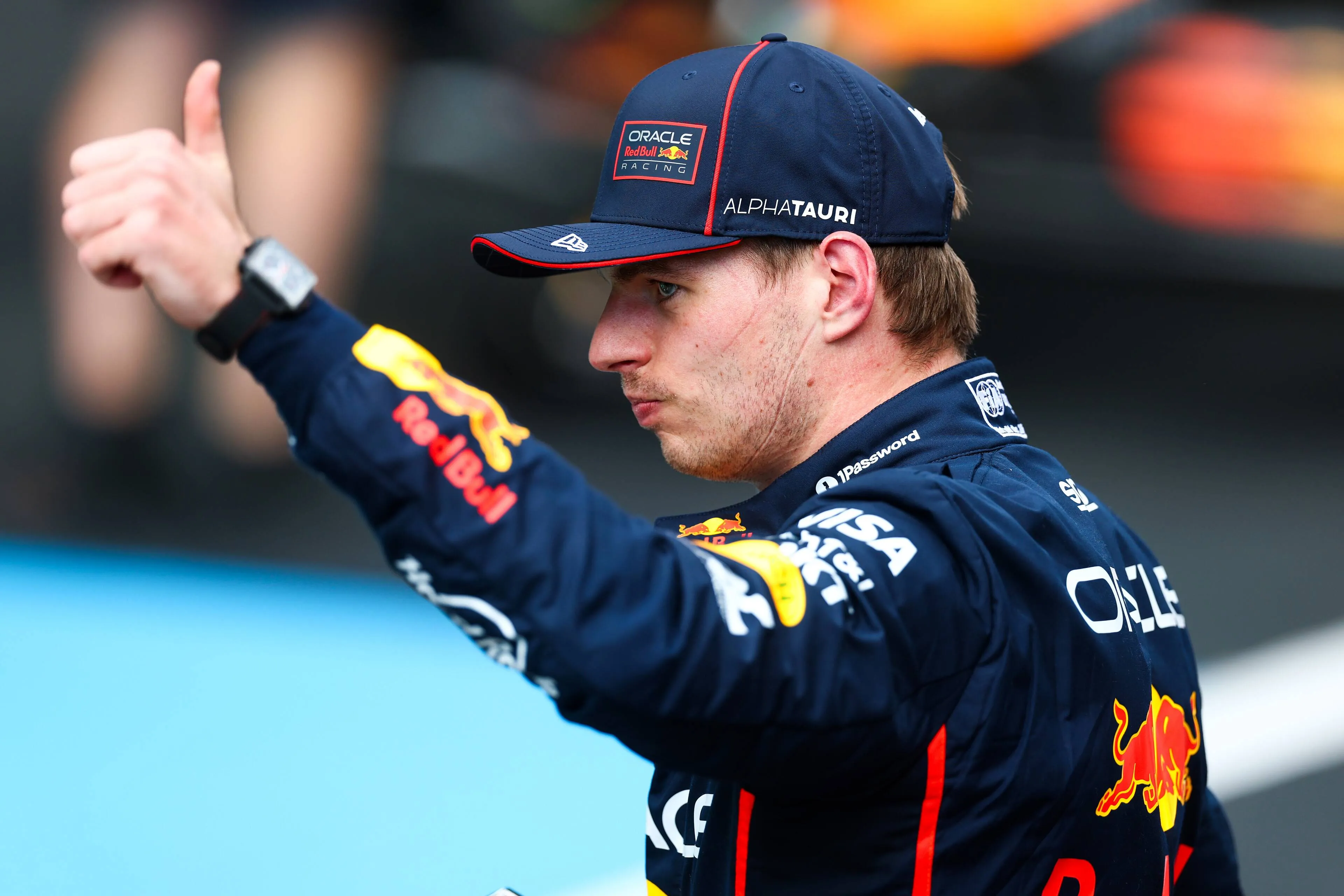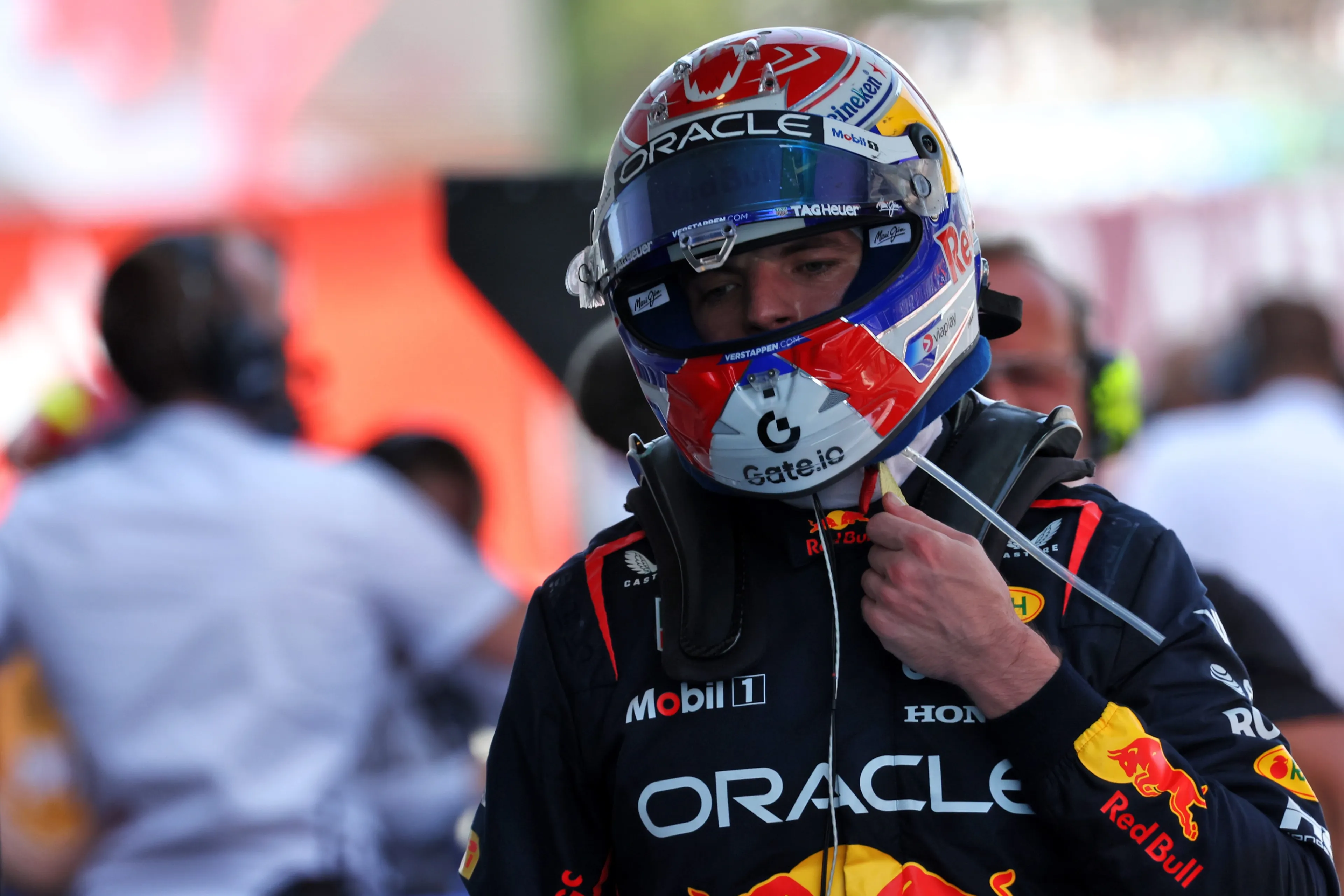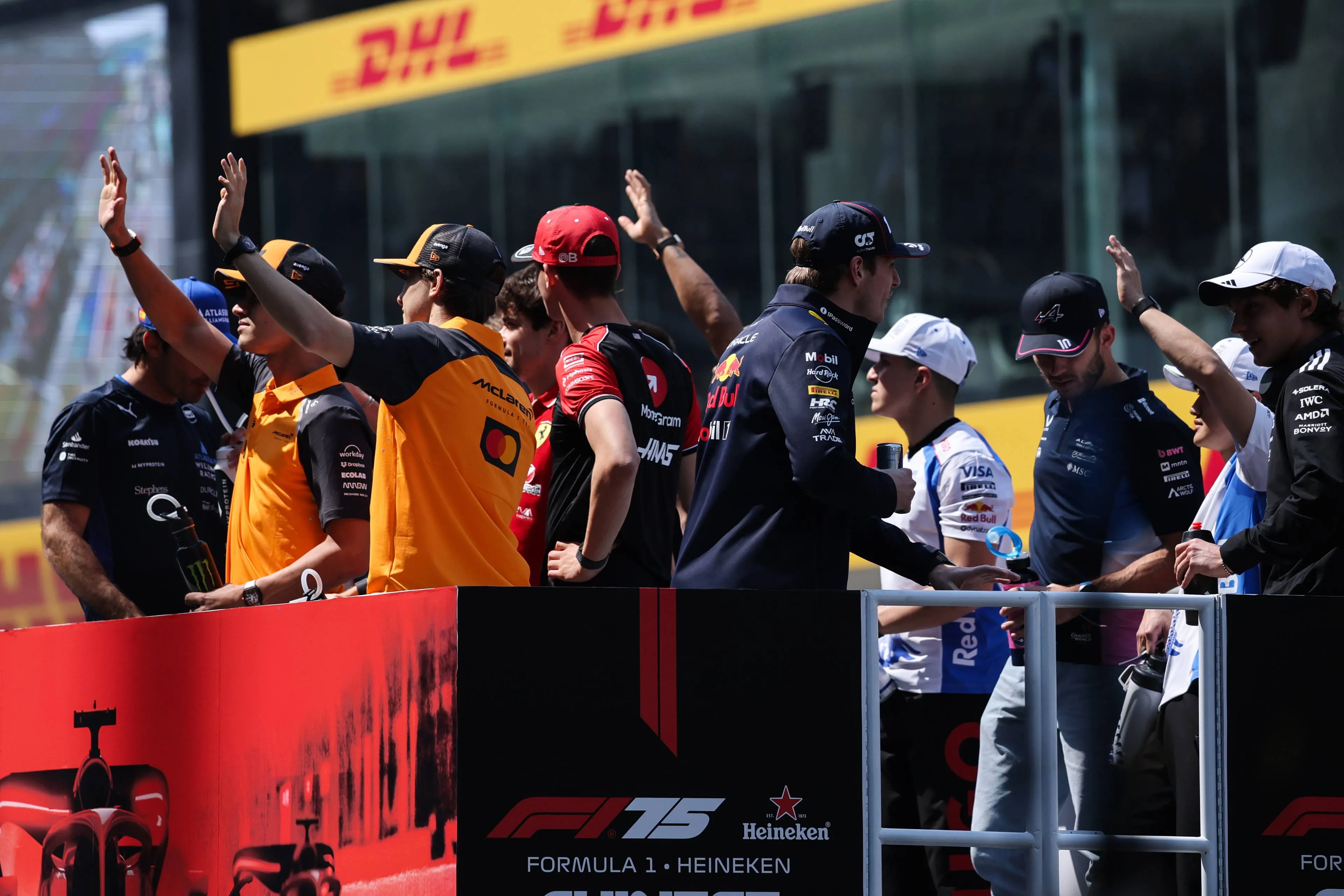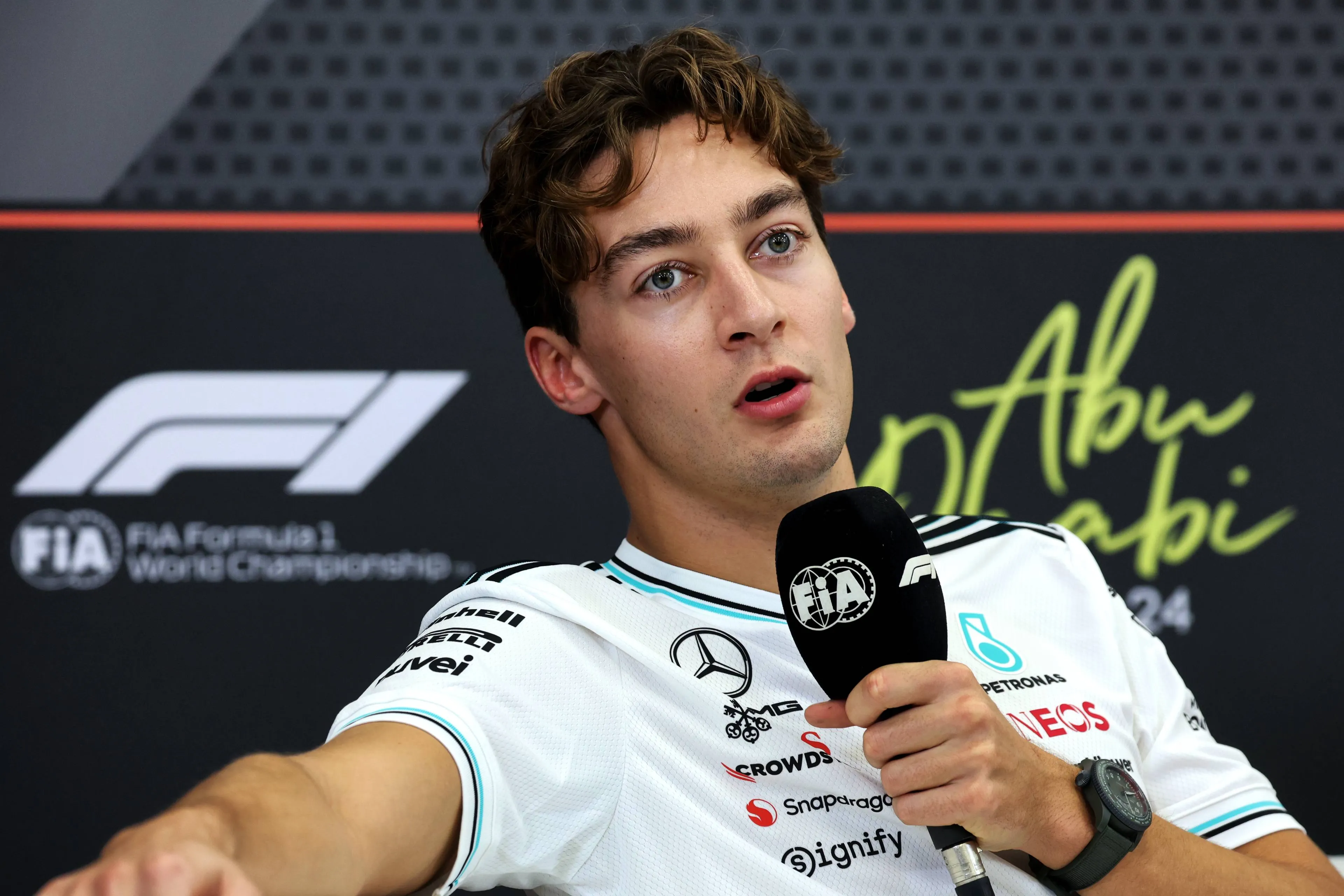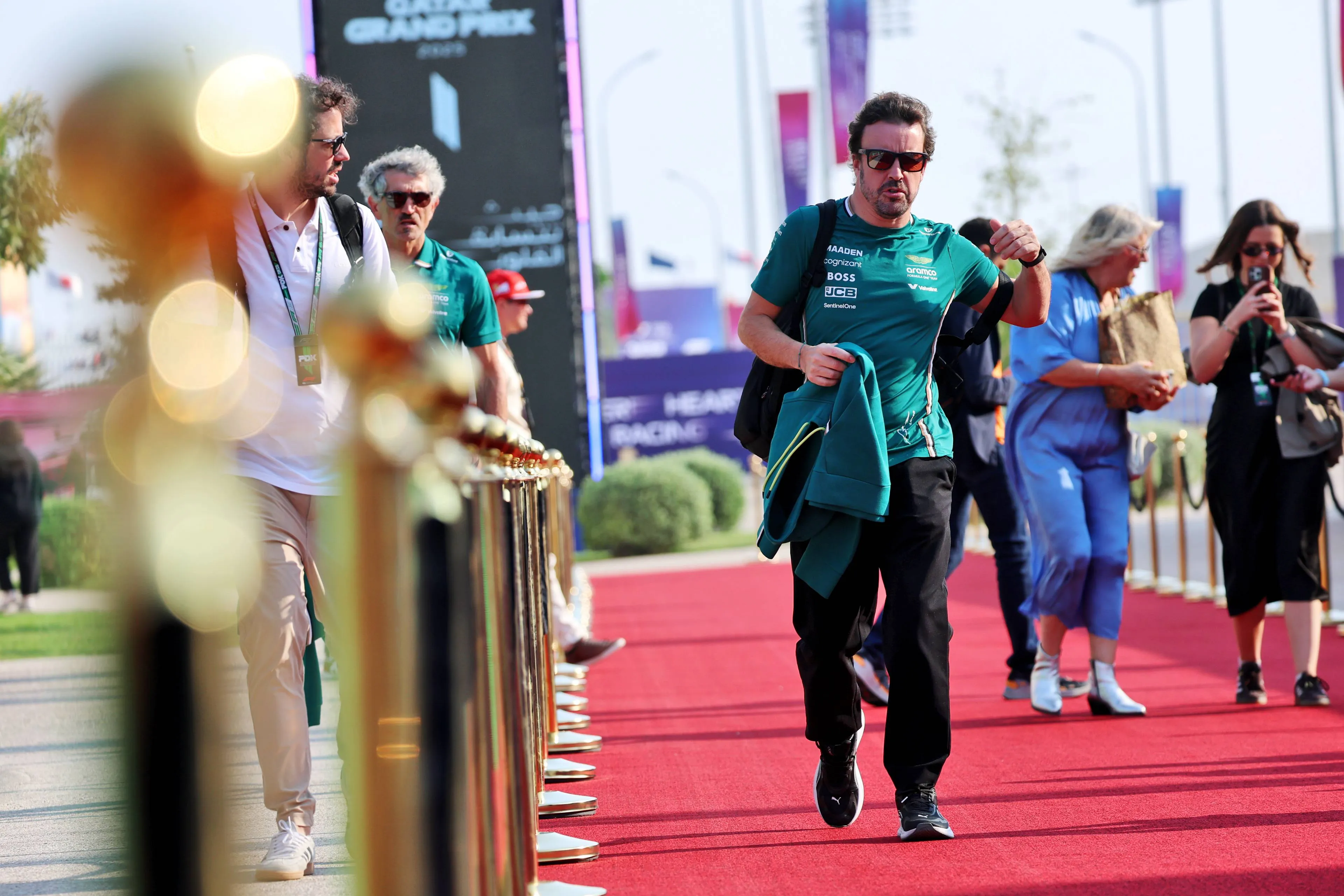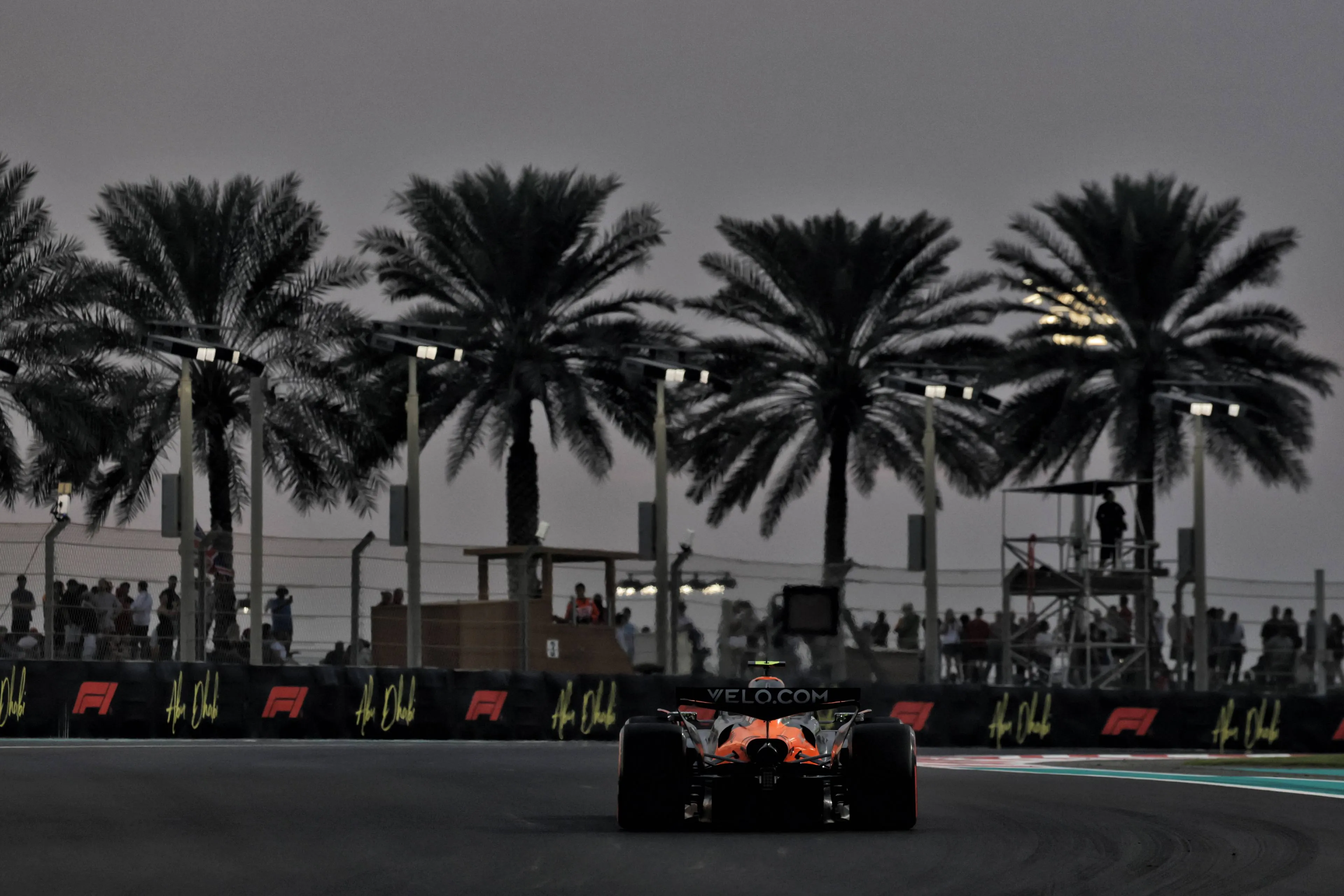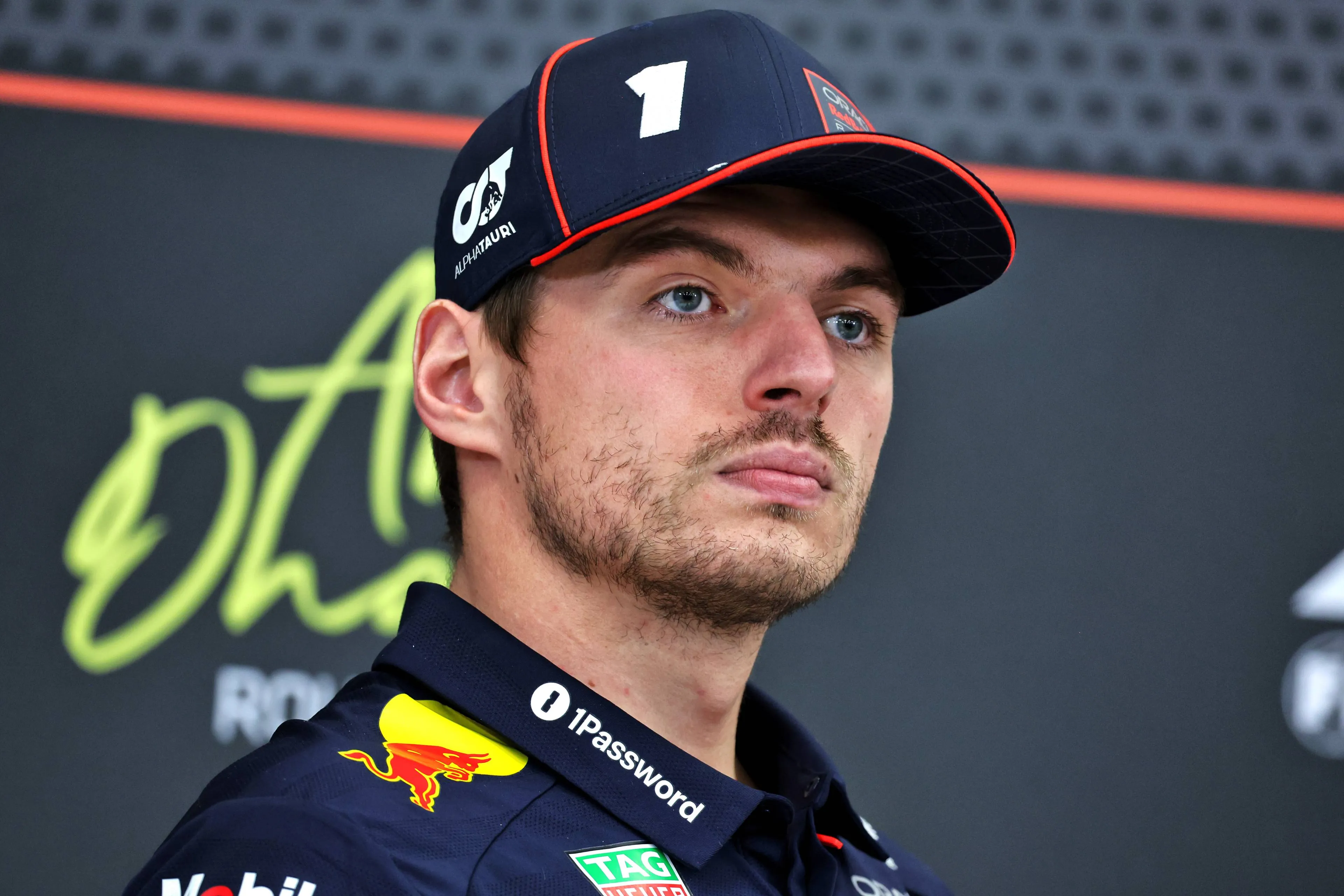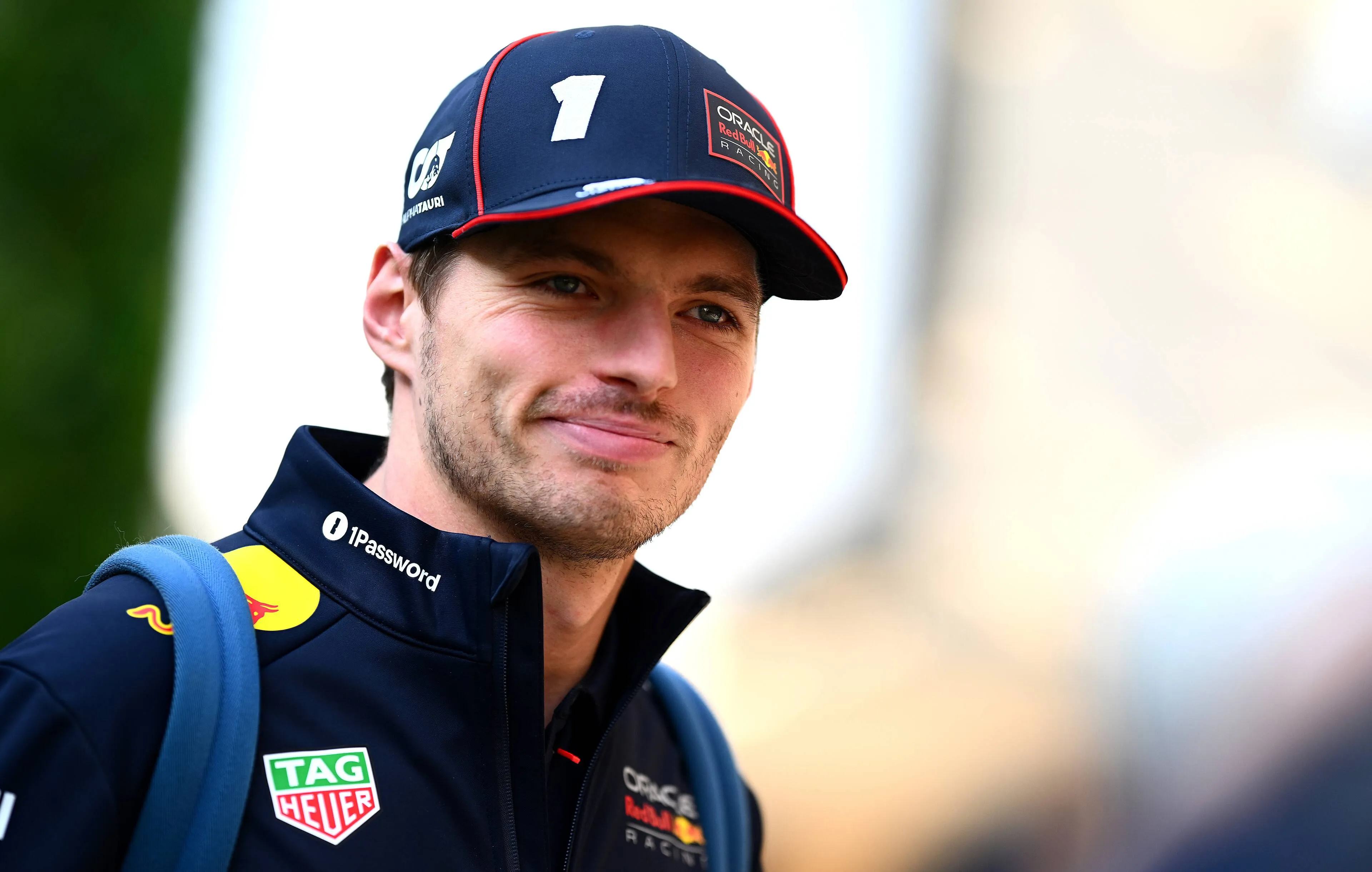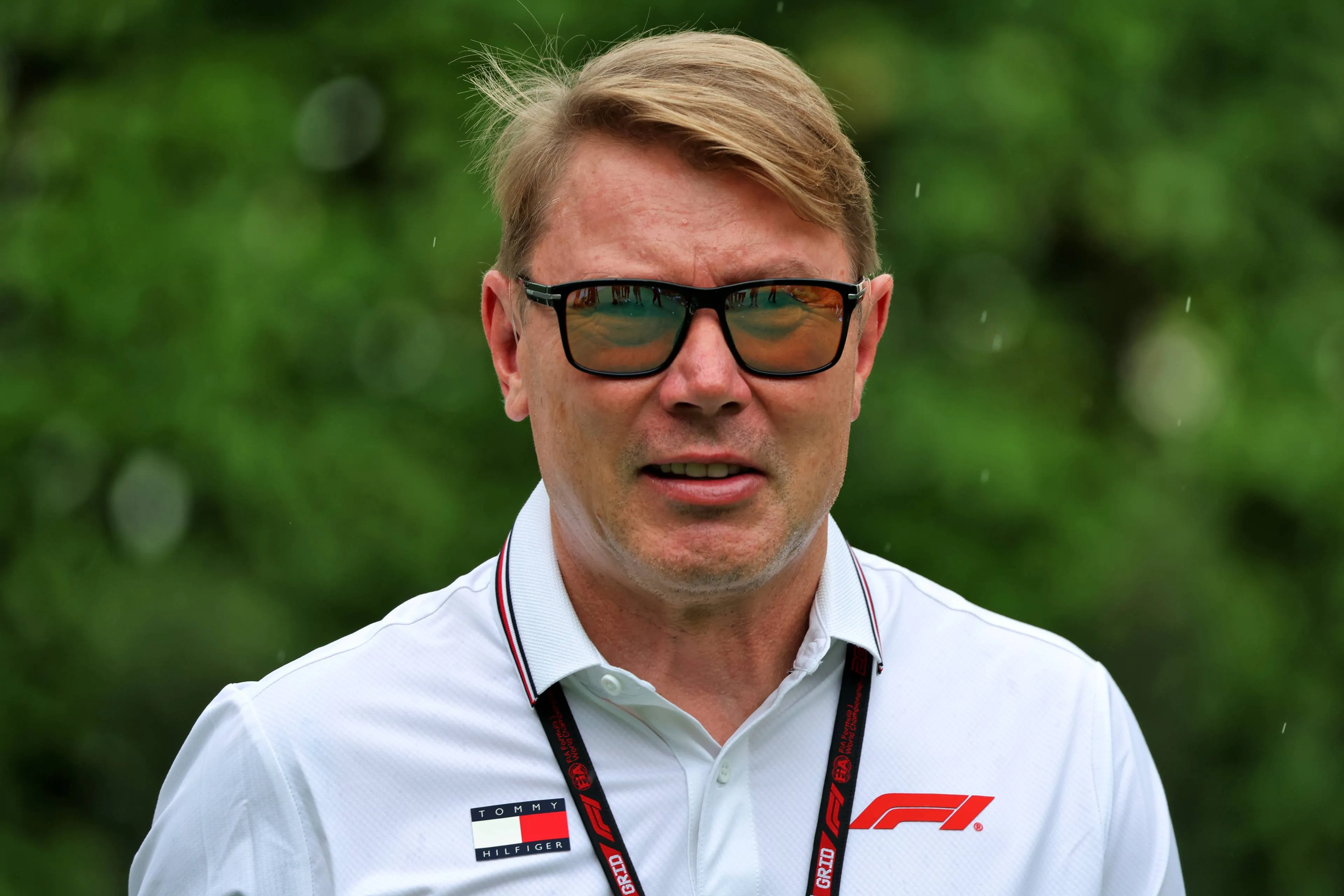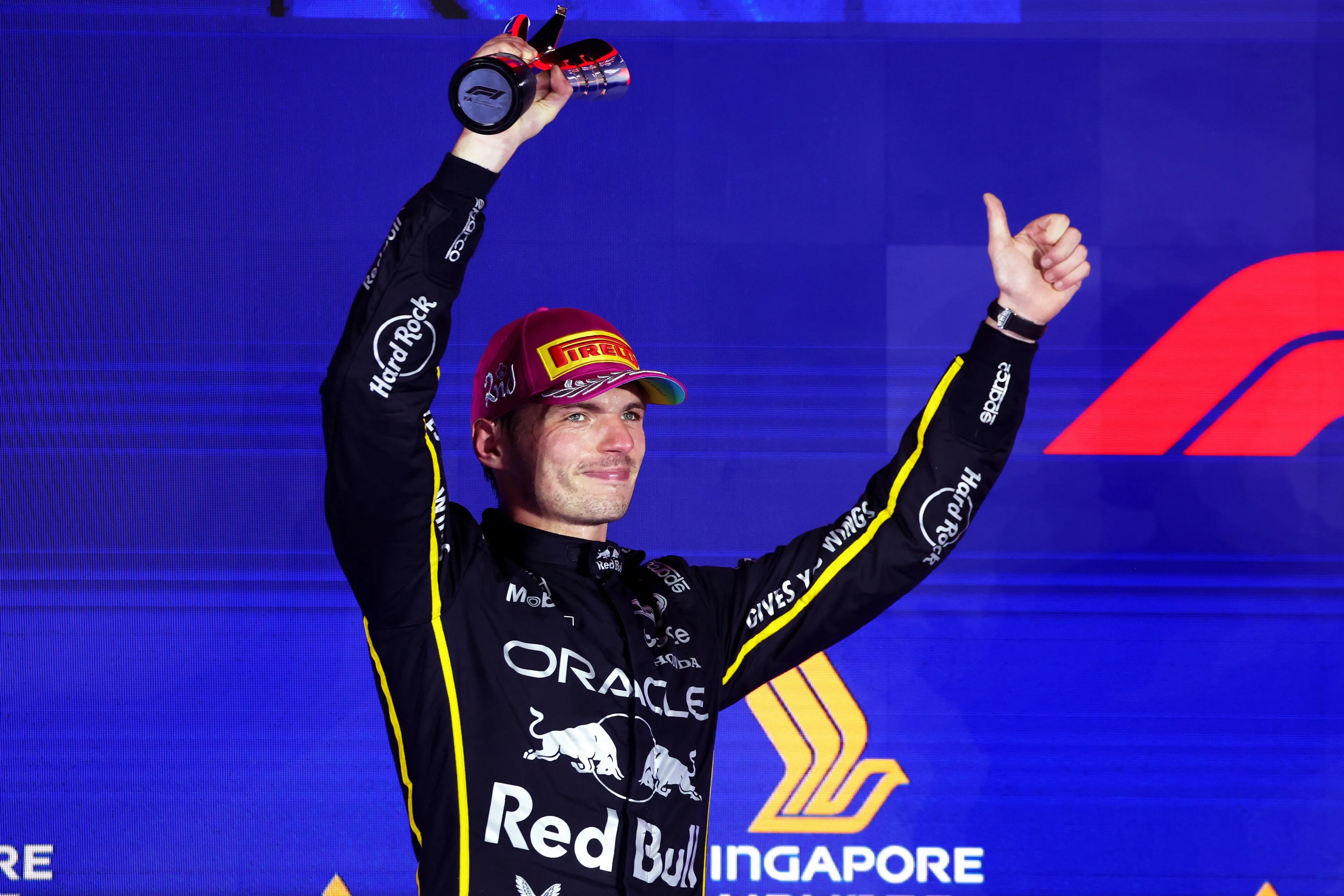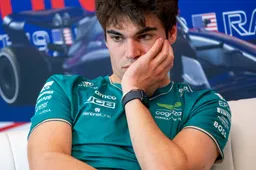Verstappen did have an extra soft tyre left: Why Red Bull opted for the hard tyre
08:56, 04 Jun
3 Comments
The incident between Max Verstappen and George Russell marked a dramatic end to Verstappen's strong race until then. How a daring strategy from Red Bull Racing ultimately turned to their disadvantage when fate struck.
Red Bull Racing laid their cards on the table early during the Spanish Grand Prix. The Austrian team had devised a three-stop strategy for the race. On paper, not the fastest strategy, but the team wanted to try something with Max Verstappen to put pressure on the McLarens.
Verstappen was the first of the frontrunners to dive into the pits for a new set of soft tyres. After a used set of soft tyres, Verstappen switched to his only remaining new set of soft tyres. It was on these tyres that Verstappen managed to get ahead of Lando Norris and Oscar Piastri on the track.
Red Bull takes a risk with Verstappen
Norris and Piastri came in for a fresh set of medium tyres on laps 21 and 22, respectively. They gained a bit on Verstappen, but the gap did not close quickly. This strengthened Red Bull's confidence that the three-stopper could indeed work.
On lap 29, Verstappen came from the lead back to the pits for new medium tyres. These tyres were seven and eight laps fresher than the tyres Piastri and Norris were on. Verstappen then flew past the competition on the track, causing Norris to be asked over the team radio to push harder: "We think Max is now 'in our race’," came the alarming request over the team radio.
Unfortunately for Verstappen and Red Bull Racing, McLaren still had something up their sleeve. Piastri and especially Norris drove faster, preventing Verstappen from achieving a successful undercut. When Verstappen made the attempt on lap 47, the two McLarens could easily fend off the attempt by immediately diving into the pits.
With a little under 20 laps to go, the battle seemed over, but that was without counting on a defective Mercedes engine. On lap 55, Andrea Kimi Antonelli's engine failed. The resulting safety car was used by almost everyone to get a new set of tires. Only Liam Lawson, Gabriel Bortoleto, and Esteban Ocon stayed out because they had little to gain with a pit stop and hoped that a better track position might yield points.
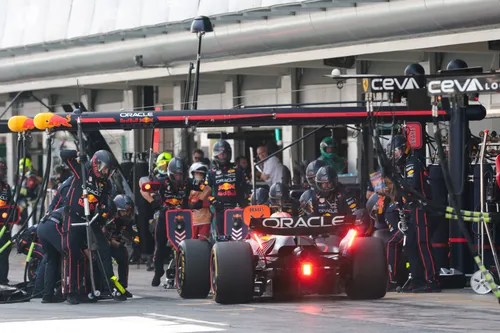
One of the four pit stops for Max Verstappen during the Spanish Grand Prix
Why Verstappen didn't get a soft tyre in Spain
For Max Verstappen, the safety car came at a very bad time. The Dutchman had, after all, already used up four sets of tyres through Red Bull Racing's daring strategy. In total, the Dutchman, like all other drivers, started the race with six sets of tyres, but the two remaining sets were both far from ideal.
According to the Pirelli overview, there was indeed still a used soft tyre available for Verstappen. The Dutchman had, after all, three used sets and one new set of tires for the race. That used set had already been utilised for four laps during qualifying and the three warm-up laps to the track before the Grand Prix. The tyre was thus as used as the tyre Verstappen was already on.
The choice for Red Bull Racing was therefore simple: Keep Verstappen out on used soft tyres, or bring Verstappen in for new hard tyres. The team opted for hard tyres, also because Verstappen asked over the team radio for new tyres for the restart. The fact that these turned out to be hard tyres was a big surprise for Verstappen.
Read also
What followed is now well known. The hard tyres turned out to be the wrong decision, as Verstappen had no grip with the C1 tyres at the restart and had to let Charles Leclerc pass. The incident with George Russell followed, resulting in Verstappen finishing tenth.
In retrospect, everyone agreed that Red Bull had not made the right strategic choice. Staying out on the soft tyre would probably have been the better strategy. Especially at the weekend when the C1 tyre was brought, the second hardest tyre in Pirelli's assortment, and the tyre drivers prefer not to drive on at all. It was a choice between two evils, but one was indeed somewhat worse than the other.
Read more about:
Popular on GPBlog
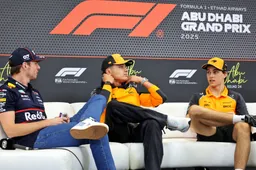
1
F1 title fight could be 'decided' before the Abu Dhabi GP
5803 times read
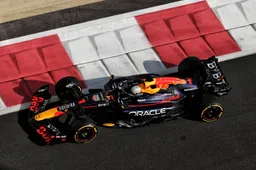
2
F1 LIVE | Hamilton wants changes at Ferrari, Marko fears for Verstappen's title
2075 times read
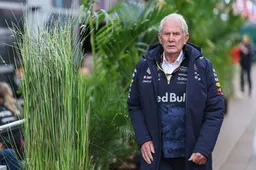
3
Marko fears for Verstappen's title after practice sessions in Abu Dhabi
1737 times read
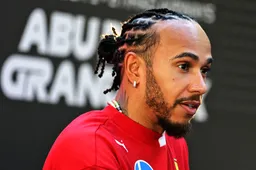
4
Hamilton demands Ferrari make 'personnel changes' in his 'personal space'
1420 times read
Loading
